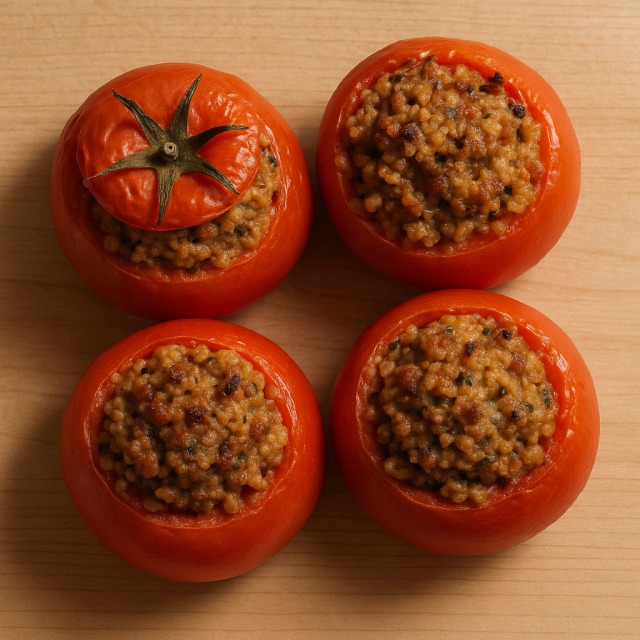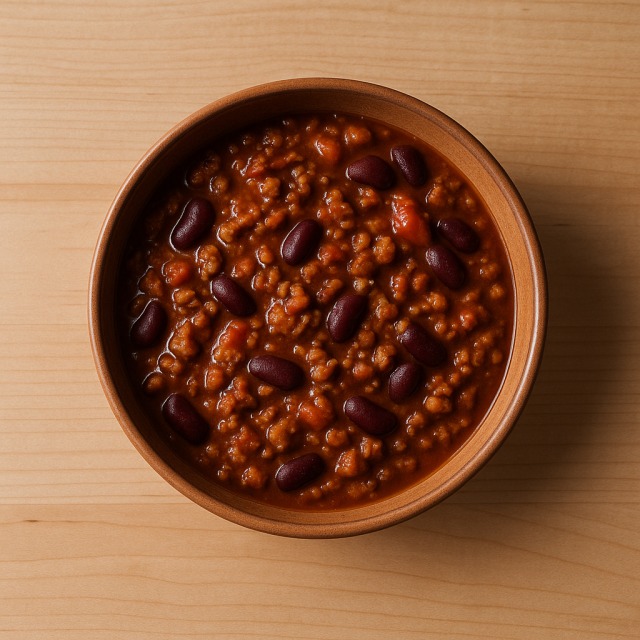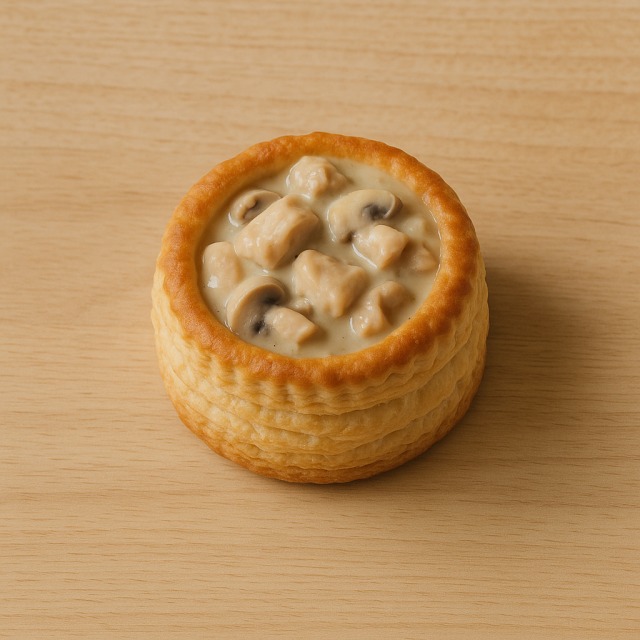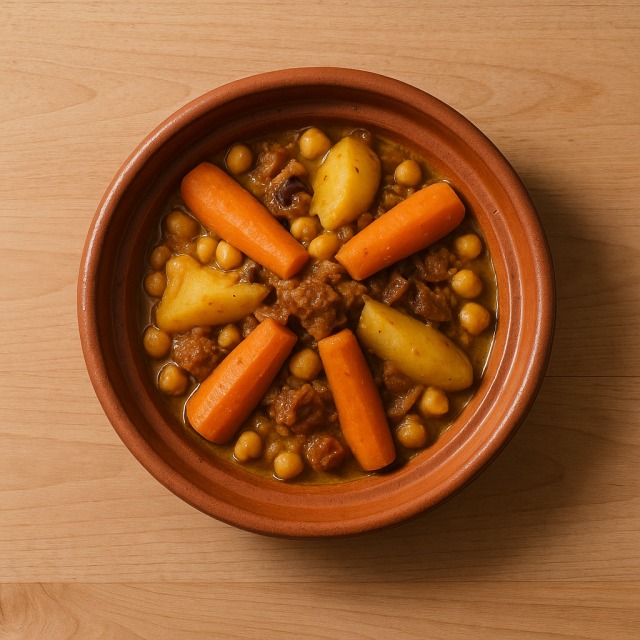Calorie Chart / Recipes / Stuffed tomatoes
How Many Calories Are in Stuffed tomatoes?
Calculation of the nutritional value & Recommended Dietary Intake of stuffed tomatoes
For g and a calorie requirement of kcal
| Calories 340 kcal | Proteins 14 g | Lipids 27 g | Carbohydrates 11 g |
| 17% | 19% | 40% | 4% |
Health benefits of stuffed tomatoes

Stuffed tomatoes - 100g
Calories 189 kcal
Proteins 7.5 g
Lipids 15 g
Carbohydrates 6.1 g
Stuffed tomatoes are a moderate-calorie preparation: with 189 calories per 100 g, they offer considerably fewer calories than dishes heavy in cream, yet more calories than a simple raw tomato. This calorie profile makes them a satisfying option when you want flavor without an excessive calorie load.
Because the tomato keeps its skin during baking, heat boosts the bioavailability of lycopene, a carotenoid studied for its supposed antioxidant action. The vegetable part also brings vitamin C, potassium, and insoluble fiber that support digestive comfort without adding extra calories.
The traditional meat-and-herb stuffing contributes complete proteins, iron, and vitamin B12, while a drizzle of olive oil supplies heart-friendly monounsaturated fats. If rice or quinoa is mixed into the stuffing, you gain magnesium, slow carbohydrates, and another way to control calories by bulking out the dish with complex carbs rather than extra fat.
First served in Provence in the 18th century when tomatoes became widely cultivated in France, stuffed tomatoes soon spread across the Mediterranean as a clever way to reuse leftover meat and manage food resources—long before counting calories became popular.
Tips for incorporating stuffed tomatoes into a balanced diet
To keep the calories of stuffed tomatoes in check, choose lean minced poultry such as turkey or even plant-based fillers like cooked lentils. A sprinkle of grated Parmigiano on top adds flavor; because the cheese is rich, a light hand prevents hidden calories from creeping in.
Balance the plate by serving two stuffed tomatoes with a side of steamed broccoli or sautéed zucchini ribbons instead of starch-heavy fries. This strategy increases volume and fiber while limiting overall calories, yet keeps the meal colorful and satisfying.
Craving a full Provençal menu? Start with a cool gazpacho, continue with your stuffed tomatoes, and finish with fresh fruit like a sliced melon. You will enjoy a three-course meal while controlling calories through portion size and smart pairings.
For athletes who need more energy, add a spoonful of cooked brown rice to the stuffing; the slow-release carbs fuel training without resorting to empty calories. Conversely, if weight loss is the goal, bake the tomatoes on a rack so excess fat drips away, shaving off several calories per portion.
Frequently Asked Questions
- How many calories are in stuffed tomatoes?
- Stuffed tomatoes contain 189 kcal per 100 g.
- Are stuffed tomatoes good for a low-calorie diet?
- Yes. With 189 calories per 100 g, they fit into many calorie-controlled plans, especially if you use lean fillings and pair them with low-calorie vegetables like green beans.
- Which stuffing cuts down on calories the most?
- A mixture of chopped spinach, herbs, and a little tofu provides protein while keeping calories significantly lower than traditional pork or beef stuffing.
- Can I freeze stuffed tomatoes without increasing calories?
- Freezing does not change calories; just cool the dish, portion it, and thaw gently. Avoid adding extra oil or cheese after reheating to keep calories stable.
- What side dish keeps the overall meal low in calories?
- A salad of arugula and cucumber adds crunch, micronutrients, and almost no extra calories, balancing the plate around the stuffed tomatoes.
- Do tomatoes lose nutrients—and therefore affect calories—when baked?
- Calories remain almost identical, but vitamin C drops slightly with heat. Conversely, lycopene becomes more bioavailable, so the nutritional trade-off is favorable without altering calories.
Similar foods
Information provided by Calorie Menu may contain inaccuracies or errors. It cannot, under any circumstances, substitute medical advice or medication.










